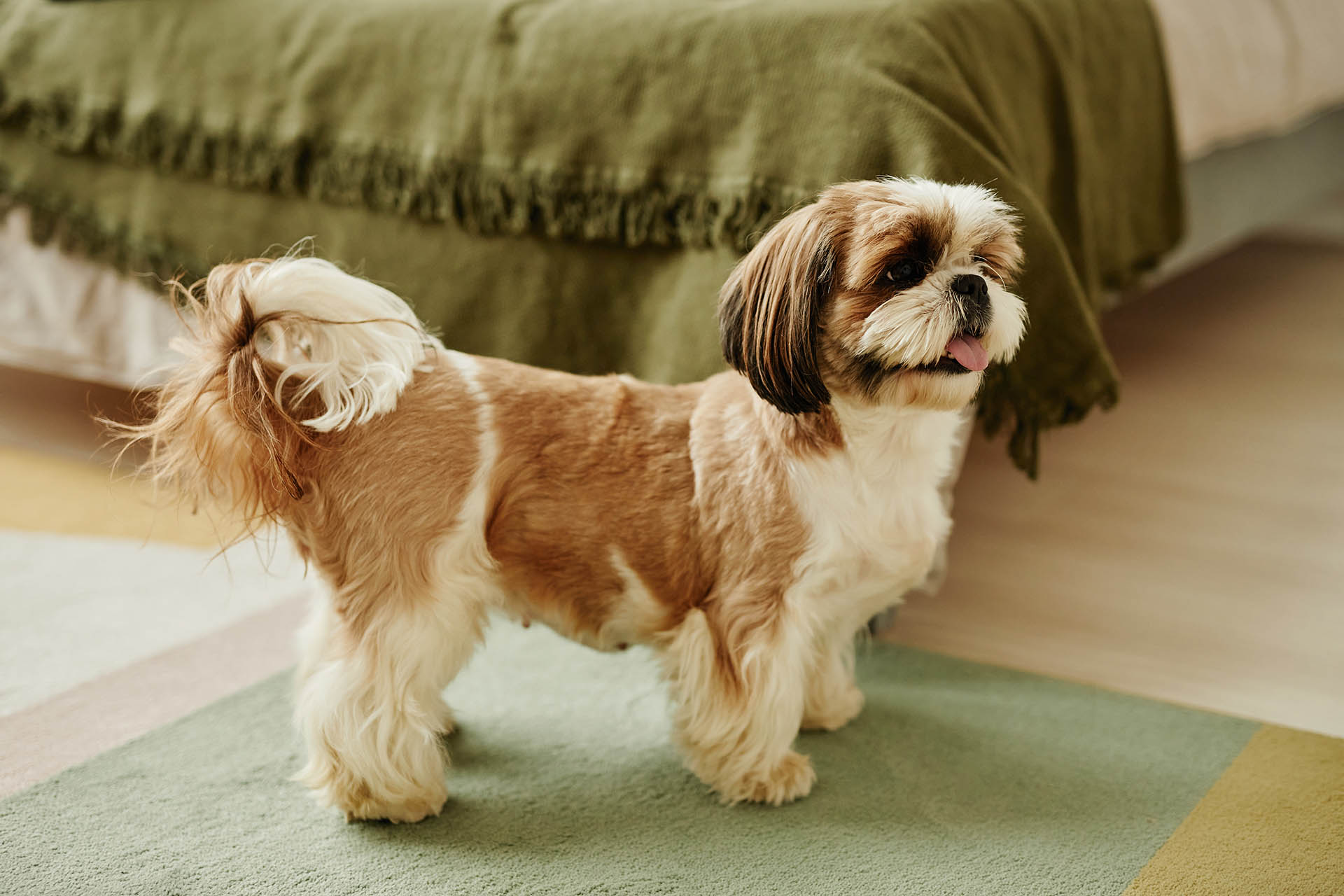Menu
It is hard to face the reality that chronic, debilitating disease is causing a very obvious shift to more bad days than good days. We want to do what’s right for our pet but there comes a time when even medical management of symptoms is not enough. The greatest need for helping pets during their golden years is identifying and treating pain.
The QoL scale below with its scoring helps owners assess their pet’s quality of life by using a systematic approach. For each category, at-home care suggestions are included which may help improve and/or maintain an acceptable quality of life for as long as possible. Pet owners must also consider if they are truly able to provide enough care to maintain their ailing pet properly.
